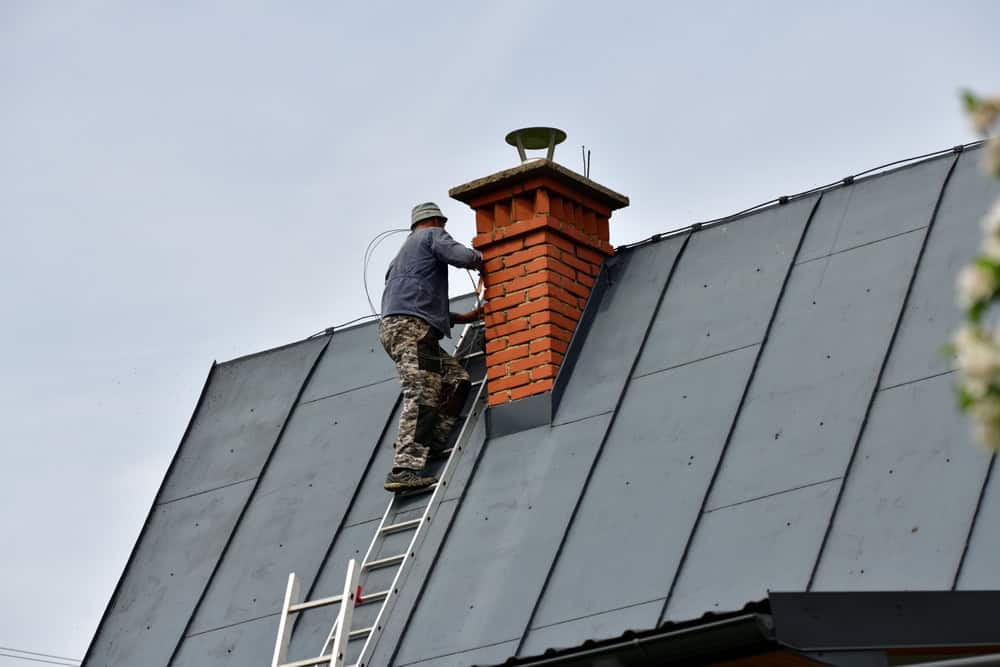CSI-certified technicians with over 20 years of experience serving East Greenwich homeowners with reliable chimney liner solutions.

Hear from Our Customers

Your fireplace should be something you enjoy, not worry about. A properly installed chimney liner means you can use your fireplace with confidence, knowing your family is protected from carbon monoxide and other dangerous gases.
When your liner is installed correctly, you’ll notice better draft performance and more efficient heating. No more smoke backing up into your room or wondering if something’s wrong every time you light a fire.
The right stainless steel chimney liner also protects your chimney structure from acidic condensation that can cause expensive damage over time. You’re not just fixing today’s problem – you’re preventing tomorrow’s headaches.
Certified Chimney Inspections has been serving East Greenwich homeowners since 2000, with our current company established in 2016. Our experienced team has been working together for over two decades, building a reputation for quality workmanship and professional service.
All our technicians are CSI (Chimney Safety Institute of America) certified, which means they’ve completed rigorous training in chimney safety and installation standards. This isn’t just a piece of paper – it’s proof that we understand the technical requirements and safety protocols that protect your home and family.
We also operate a retail stove store, giving us comprehensive knowledge of fireplace systems, wood stoves, pellet stoves, and gas installations. This depth of experience means we can handle complex installations and provide solutions that actually work long-term.

Our process starts with a thorough inspection of your existing chimney to determine the right liner size and type for your specific setup. Every chimney is different, and the liner needs to match your appliance and chimney dimensions exactly.
Once the assessment is complete, the old liner (if present) is removed and the chimney is cleaned and prepared. The new stainless steel liner is then carefully inserted from the top, connected to your appliance at the bottom, and properly sealed at both ends.
The final step involves installing the appropriate chimney cap and ensuring all connections meet safety codes. You’ll receive documentation of the work completed and any maintenance recommendations to keep your system running safely for years to come.

Ready to get started?
Every chimney liner installation includes a comprehensive inspection, proper sizing, and professional installation using high-quality stainless steel materials. We handle everything from removing old liners to installing new caps and ensuring proper connections.
East Greenwich’s coastal location means chimneys face unique challenges from salt air and moisture. We understand these local conditions and select materials and installation methods that hold up to Rhode Island’s climate year after year.
All our work comes with proper documentation for insurance purposes and future reference. We also provide clear maintenance recommendations to help you get the most life out of your investment and keep your fireplace operating safely.
